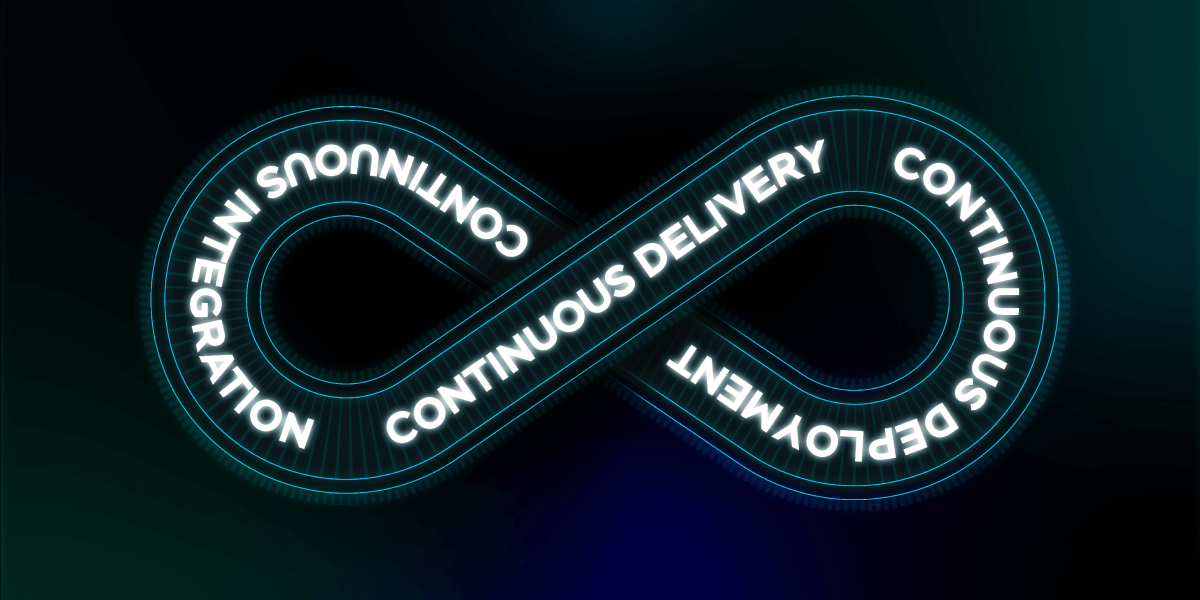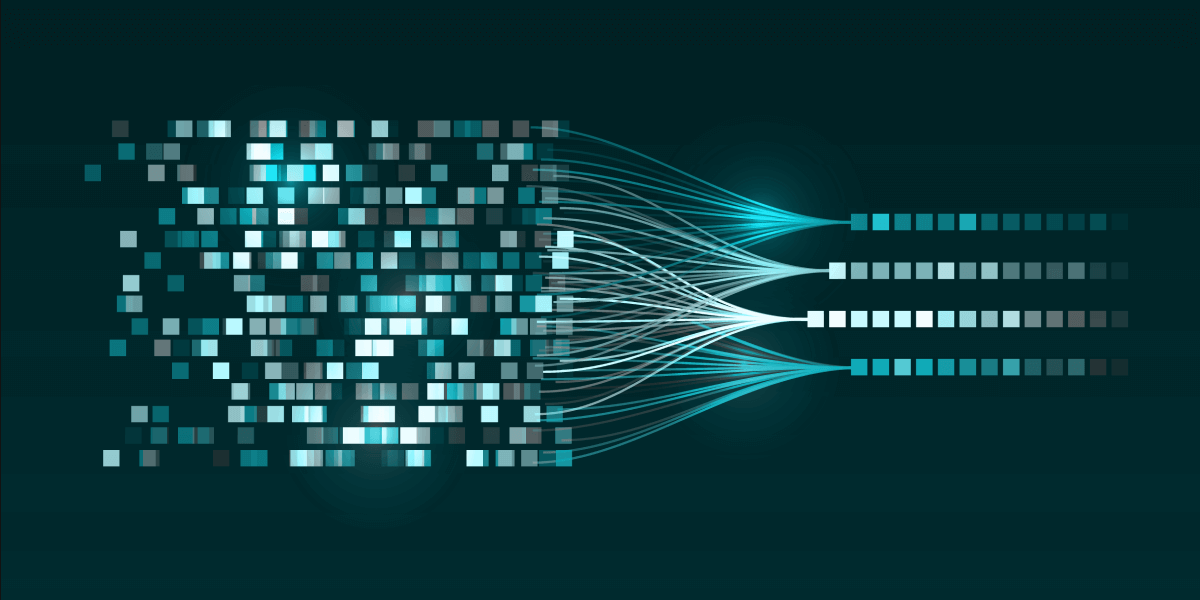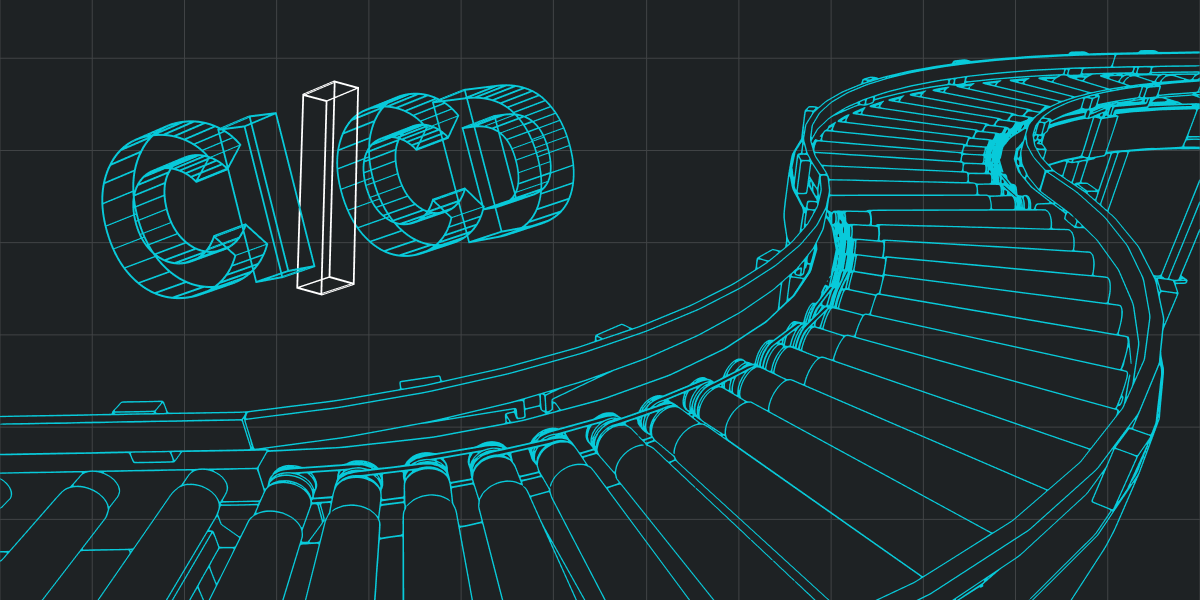Modern approaches to software development mean that writing source code is only the initial stage of creating a digital product. Today, developers need to have convenient tools, not only for writing code but also for testing, packaging, and delivering it. CI/CD pipelines are the right way for this to be done. In this article, we spell out what they are, how they work, and how the results benefit your product.
What is CI/CD?

A CI/CD pipeline is a series of steps required to run the code. Developers use it to automatically deliver software or IaC solutions from source code to production.
Continuous Integration (CI) When you’re looking to build a CI/CD pipeline, this is the first stage i.e., writing and testing your code. In this case, working copies can be merged daily or multiple times a day. This flexibility lets developers experiment with their code with minimal risk and reset the system if necessary.
After the code passes the initial testing, it can undergo more detailed and comprehensive testing sessions. It gets packaged into a deployment image and made available to QA experts. At this stage, the CI process is over.
Continuous Delivery (CD) is the pipeline stage that comes after CI. In this phase, the code gets thoroughly tested, verified, and delivered for deployment. In some cases, CD may deploy reviewed and successfully tested builds.
Continuous delivery uses lots of automation tools to perform advanced CI/CD pipeline testing. These tools confirm that the code meets the terms of reference and is ready for a production environment.
Incremental iterations in CD help developers find and fix errors faster than conventional software development techniques.
Continuous Deployment (CD) uses the same scenario as continuous delivery. The key difference is that continuous deployment automatically deploys all tested builds to a production environment.
Stages of CI/CD pipelines

The life cycle of a pipeline starts with writing source code and ends with integrating it into a production environment. It begins when the code changes and is added to manually or automatically according to a schedule.
Source code: Writing code is the first of a series of steps in CI/CD pipelines. A development team (or several teams when it comes to large-scale projects), write the code. Developers usually manage their code using Git workflows and store it in a dedicated version control system, aka VCS.
Automated testing is the next step to ensure software fault tolerance. As infrastructure grows, you’ll inevitably have bugs or compatibility issues after updates. Testing provides a safety net to catch such issues so that the whole process is more successful. Automated testing must cover at least 80% of your code base for a successful CI/CD process.
Delivery: Once successfully tested, the code gets packaged as an artifact or image and stored in the repository.
Deployment: To set up a CI/CD pipeline, developers typically deploy to multiple environments, e.g., an environment for in-house use and a production environment for end users. This model lets teams automatically deploy their code to a staging environment and merge it back into the main branch upon successful review and approval. After that, the code gets automatically deployed to a production environment.
Pros of CI/CD pipelines

Effective development: There are several advantages to CI/CD pipelines, including making code testing easier and helping reduce iterations. You can also correct any bugs more easily by reducing the amount of code at each stage. So, as part of the CI/CD pipeline steps, you assess whether product features are useful or not and, if necessary, get rid of them.
Competitive software: Software developed using CI/CD hits the market faster and with greater success than software developed using traditional workflows. You spend weeks rather than months building your product.
Flexibility: With fast CI/CD processes, developers can experiment with algorithms and various coding styles with minimal risk. Adding innovations to your product will also make it more competitive.
Software maintenance: Conventional software development can take weeks to find bugs. CI/CD pipelines help you speed up this process, making your product more reliable and stable.
Cons of CI/CD pipelines

Upskilling: If you want your CI/CD pipelines to work correctly, you need to have the right set of automation tools that allow building, testing, and deploying the code for each build. To this end, you have to make a significant intellectual investment, which can be a steep learning curve.
Planning and discipline: Implementing CI/CD pipelines will only benefit the business if developers regularly generate new builds, test release candidates, and deploy them to production environments. These processes require careful planning, and teams must follow clear development rules. Only this approach can guarantee the quality of products and ensure that architectural standards are met.
Communication: CI/CD pipelines are effective only if developers communicate with each other the right way and act in concert. Tools and automation are just some of the many elements for a successful project.
By using CI/CD pipelines, teams can effectively build, test, and deploy any digital product. This tool will reduce your project’s release time and time to market. But integrating pipelines requires a significant intellectual investment in your team and competent process management.
At SHALB, we’ve been helping companies with core DevOps areas, such as CI/CD service, cloud migration, multi-cloud cluster management, and more, for over 12 years.
Let our experts take on your project, and we’ll take it to a new and more successful level.


